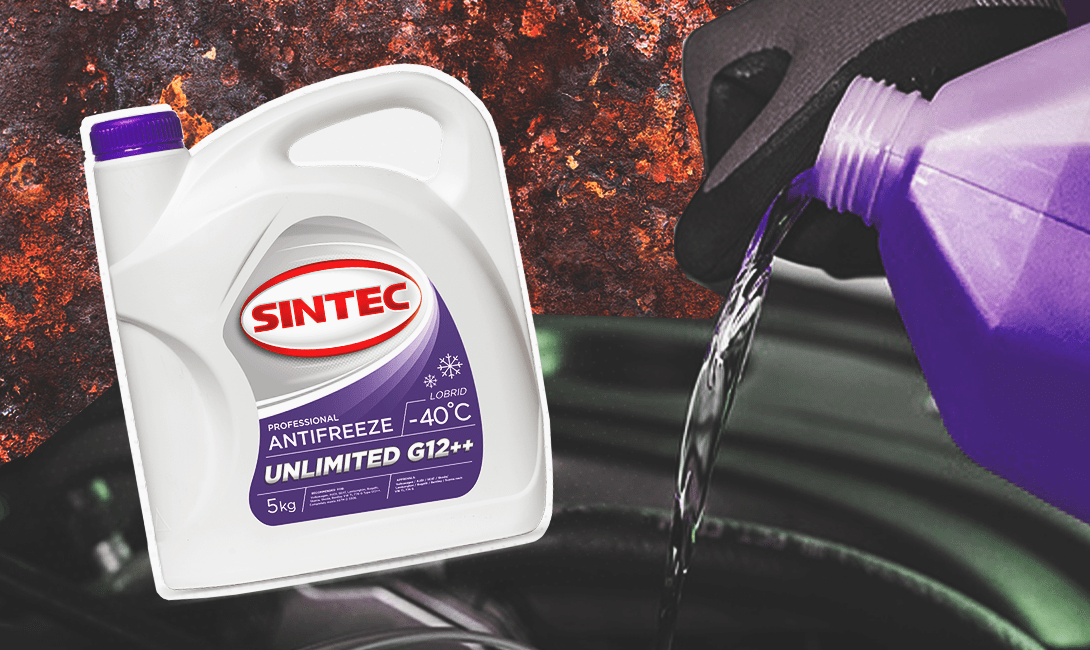
Choosing a coolant - expert advises
 The main task of the coolant is to remove heat from the engine. It must also protect the cooling system from corrosion, scaling and cavitation. It is very important that it is freeze-resistant,” writes Pavel Mastalerek of Castrol.
The main task of the coolant is to remove heat from the engine. It must also protect the cooling system from corrosion, scaling and cavitation. It is very important that it is freeze-resistant,” writes Pavel Mastalerek of Castrol.
Before winter, it is worth checking not only the level of the coolant (this should be done about once a month), but also its freezing temperature. In our climate, liquids with a freezing point of about minus 35 degrees Celsius are most often used. Coolants are usually 50 percent. from water, and 50 percent. from ethylene or monoethylene glycol. Such a chemical composition allows you to effectively remove heat from the engine while maintaining the necessary protective properties.
See also: Cooling System - Fluid Change and Inspection. Guide
Radiator fluids manufactured today use a variety of technologies. The first is IAT technology, which includes compounds that form a protective barrier on all elements of the cooling system. They protect the entire system from corrosion and scale formation. Liquids using this technology quickly lose their properties, so they should be changed at least once every two years, and preferably every year.
More modern fluids are based on OAT technology. Almost twenty times thinner (compared to IAT fluids) protective layer inside the system facilitates heat transfer both from the engine to the fluid and from the fluid to the radiator walls. However, OAT fluids cannot be used in older vehicles due to the presence of lead solders in the radiators. Thanks to the use of LongLife technology in this type of liquids, it is possible to replace the reagent even every five years. Another group is hybrid fluids - HOAT (for example, Castrol Radicool NF), using both of the above technologies. This group of fluids can be used instead of IAT fluids.
Fluid miscibility is a major maintenance issue. Fluids in all technologies are a mixture of water and ethylene or monoethylene glycol and are miscible with each other. However, it should be borne in mind that different anti-corrosion additives contained in different types of fluids can react with each other, which reduces the effectiveness of protection. This can also lead to the formation of deposits.
If topping up is required, it is assumed that a safe amount of added fluid is up to 10%. system volume. The safest solution is to use one type of liquid, preferably one manufacturer. This rule of thumb will avoid sludge formation and unwanted chemical reactions. The liquid will conduct heat properly, will not freeze and will protect against corrosion and cavitation.
